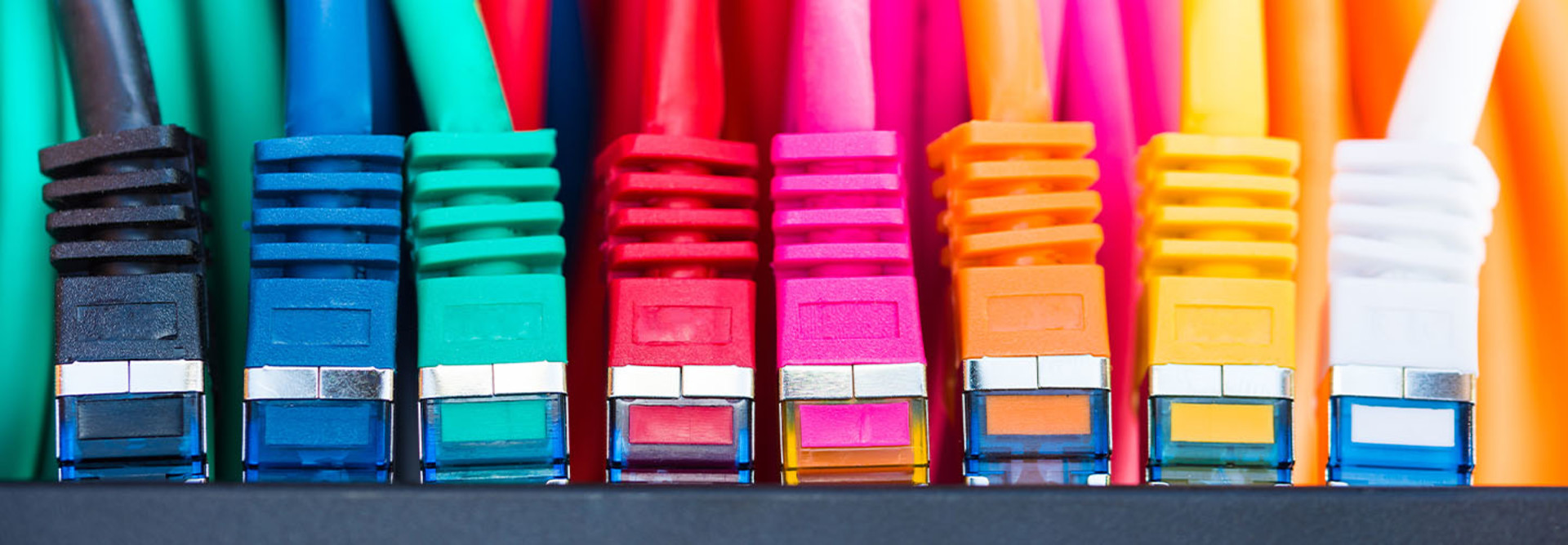Why Businesses Need CAT 6 Cabling for Wi-Fi 6 and Wi-Fi 6E
Upgrading to CAT 6 and 6A cables with Wi-Fi 6 and 6E can be challenging for IT leaders. Ultimately, however, the advantages make it worthwhile.
Wi-Fi 6 has a theoretical maximum speed of 9.6 gigabits per second. CAT 6/6A, with its ability to handle network speeds of up to 10Gbps, is a way for organizations to ensure that cabling infrastructure is ready for increased bandwidth demand. CAT 5E can theoretically handle up to 1Gbps, which is more than most applications need now, but there is more potential for crosstalk than with CAT 6/6A.
“If you think about the requirements of Wi-Fi 6, the two high-level design factors are really around Power over Ethernet and performance,” says William Choe, vice president of product management for HPE Aruba, who works with corporations and universities to plan and deploy infrastructure upgrades.
“As enterprises go to Wi-Fi 6E, the real breaking point is around 5Gbps,” he says. “Although CAT 5E is supposed to work, the distance and the temperature and even the cable gauge have an impact on reliability, often what we call the signal-to-noise ratio. There are all of these environmental factors that impact the quality of the signal and ultimately the ability to reliably provide that 5Gbps of performance.”
RELATED: Are CAT 5 or CAT 6 Ethernet cables better for your business?
What’s the Difference Between CAT 6 Versus CAT 6A Cabling?
Distance is an important factor, especially when it comes to the deployment of CAT 6A. While CAT 6 can maintain 10Gbps speeds for up to 55 meters, CAT 6A can maintain 10Gbps speeds for up to 100 meters, along with less crosstalk and signal loss due to thicker insulation and more tightly wound wires. It’s a bit stiffer than CAT 5E or CAT 6, making it a bit harder to deploy, especially through the already jam-packed conduits some infrastructures have.
Power over Ethernet is a big reason that enterprises upgrade from CAT 5 or 5E to CAT 6 or 6A, even if the older cabling can still handle speed requirements. “What’s happening is that you have these IP cameras that have pan, tilt and zoom capabilities; you have smart lighting capabilities; you have various Internet of Things devices that are pushing the envelope around Power over Ethernet greater than 60 watts,” he says.
In fact, IDC Research predicts that Wi-Fi IoT device shipments “are predicted to exceed 40% by 2027.” Wi-Fi 6E features such as improved power efficiency, higher data rates, longer range and better handling of multiple devices make it “more suitable for a wider range of IoT applications.”
DIG DEEPER: Learn why experts say Wi-Fi 6E is the future of networking.
Due to the cost of deploying CAT 6A, enterprises must consider where they should install this new cabling. Experts say deploying CAT 6A cables in new buildings may be a good starting place, along with large expo halls and sports stadiums.
At the Walton Arts Center, which operates a 1,200-seat indoor proscenium theater and a 250-seat black box theater in Fayetteville, Ark., fast connectivity only works on a high-powered network.













